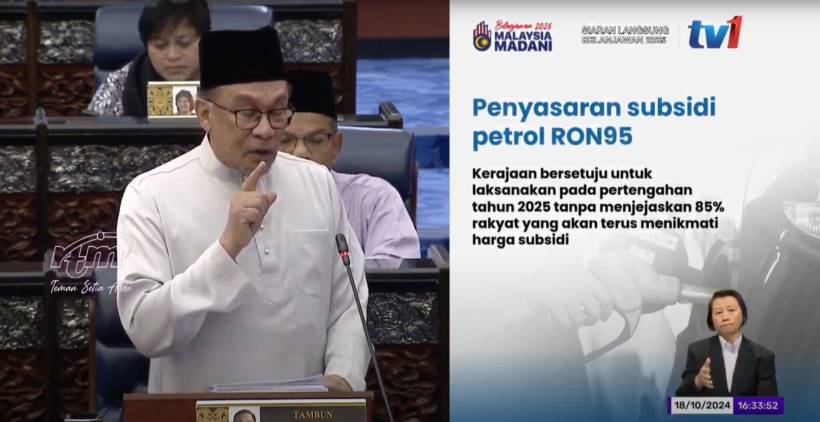Malaysians curious about the future of fuel subsidies finally got some clarity this week. The government is moving forward with plans to restructure the RON95 fuel subsidy, and it will rely on the MyKad as a key tool in delivering a more targeted approach.
The update came directly from Finance Minister II, Datuk Seri Amir Hamzah Azizan, during the launch of Rapid KL's On-Demand open payment system. While the official launch of the new fuel pricing system isn't immediate, the groundwork is clearly being laid.
What's Changing: From Blanket to Targeted Subsidies
For years, Malaysians across the board have benefited from the blanket fuel subsidy, which has helped keep RON95 petrol capped at RM2.05 per litre—regardless of income. But with subsidy costs ballooning to RM20 billion annually, the government has decided it's time for a more sustainable model.
Under the proposed two-tier pricing system, your MyKad will determine whether you pay the subsidised or non-subsidised rate at the pump. Here's how it's expected to work:
According to Amir Hamzah, this model would still benefit over 85% of Malaysians, ensuring that subsidies go to those who need them the most.
Why MyKad? Proven System, National Coverage
The government plans to leverage MyKad (the national identification card) as the mechanism to validate subsidy eligibility at petrol stations. Why? Because it's already being used successfully in other government aid programmes.
One prime example is the Sumbangan Asas Rahmah (SARA) initiative, which channels RM50–RM100 monthly to eligible Malaysians for purchasing essential goods at over 3,500 participating retailers. The system currently supports 700,000 recipients, with that number expected to jump to 5.4 million soon.
Amir Hamzah highlighted that if MyKad can handle this scale, it's a promising foundation for a fuel subsidy framework too.
Still in Development: No Rush to Launch
Although the plan is well underway, the government is not rushing into implementation. The Finance Minister made it clear: robustness and security come first. The goal is to avoid any hiccups or unintended consequences that could disrupt daily life for Malaysians.
So far, no official rollout date has been given, but the transition is tentatively scheduled for mid-2025, aligning with the vision laid out by Prime Minister Datuk Seri Anwar Ibrahim during the Budget 2025 announcement.
How Much Could the Government Save?
According to current projections, by switching to a targeted subsidy model, Malaysia could save up to RM8 billion a year. These savings could be redirected toward healthcare, education, digital infrastructure, and other social development initiatives.
This aligns with the government's broader economic goals: optimizing spending without neglecting the welfare of the rakyat.
What Should Malaysians Expect?
As the subsidy rationalisation process continues, here's what you can likely expect in the coming months:
Final Thoughts: A Balanced Approach to Reform
While any change to fuel pricing is bound to stir some public concern, the government's proposed system offers a balanced compromise—maintaining subsidies for the vast majority of Malaysians while cutting unnecessary spending on wealthier households.
By using MyKad as a digital gateway, the system leverages existing infrastructure, avoids the need for new cards or apps, and ensures efficiency, inclusivity, and traceability.
As the middle of 2025 approaches, Malaysians can expect more detailed announcements and a clearer picture of how this important change will affect their wallets—and the country's finances.






Comments